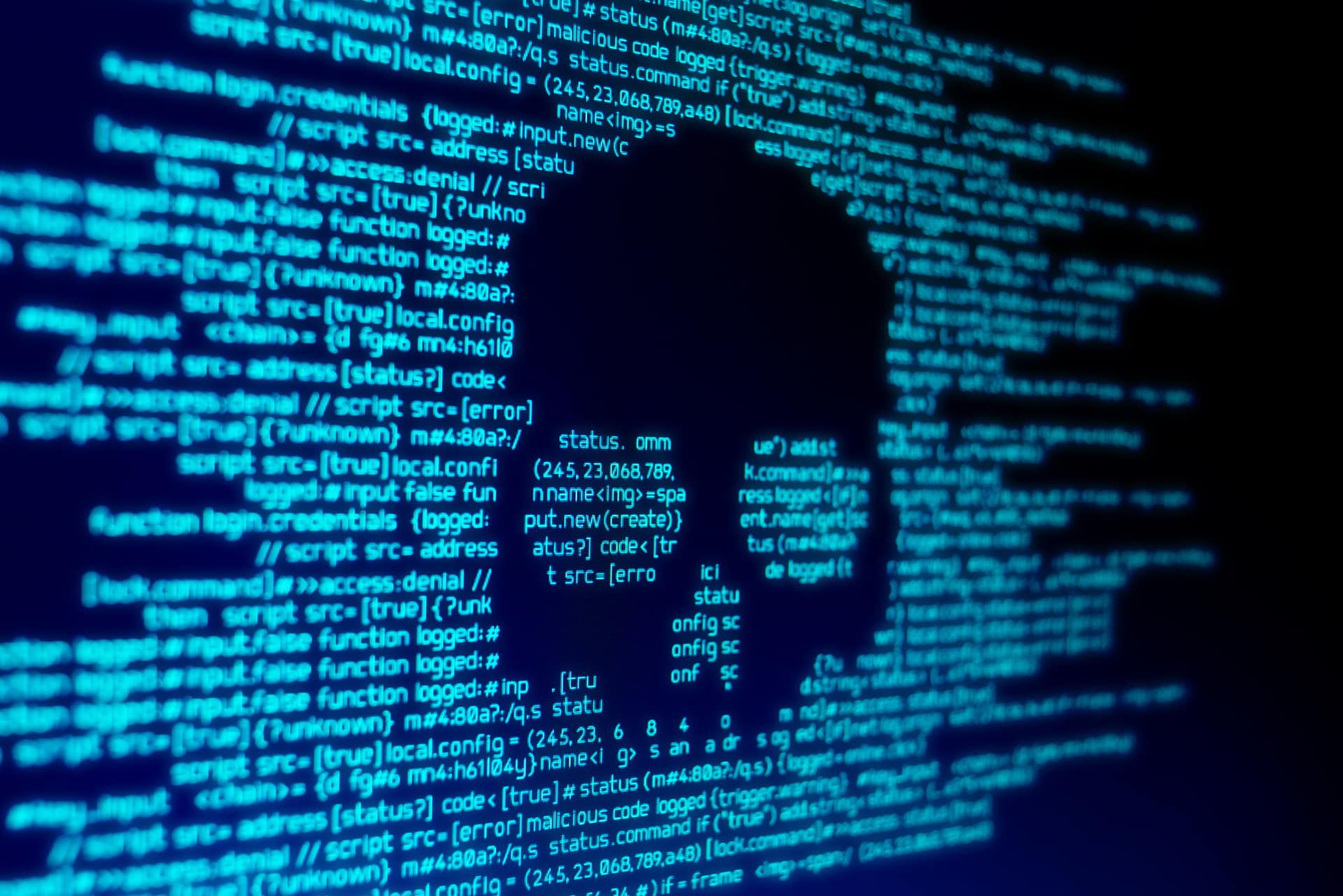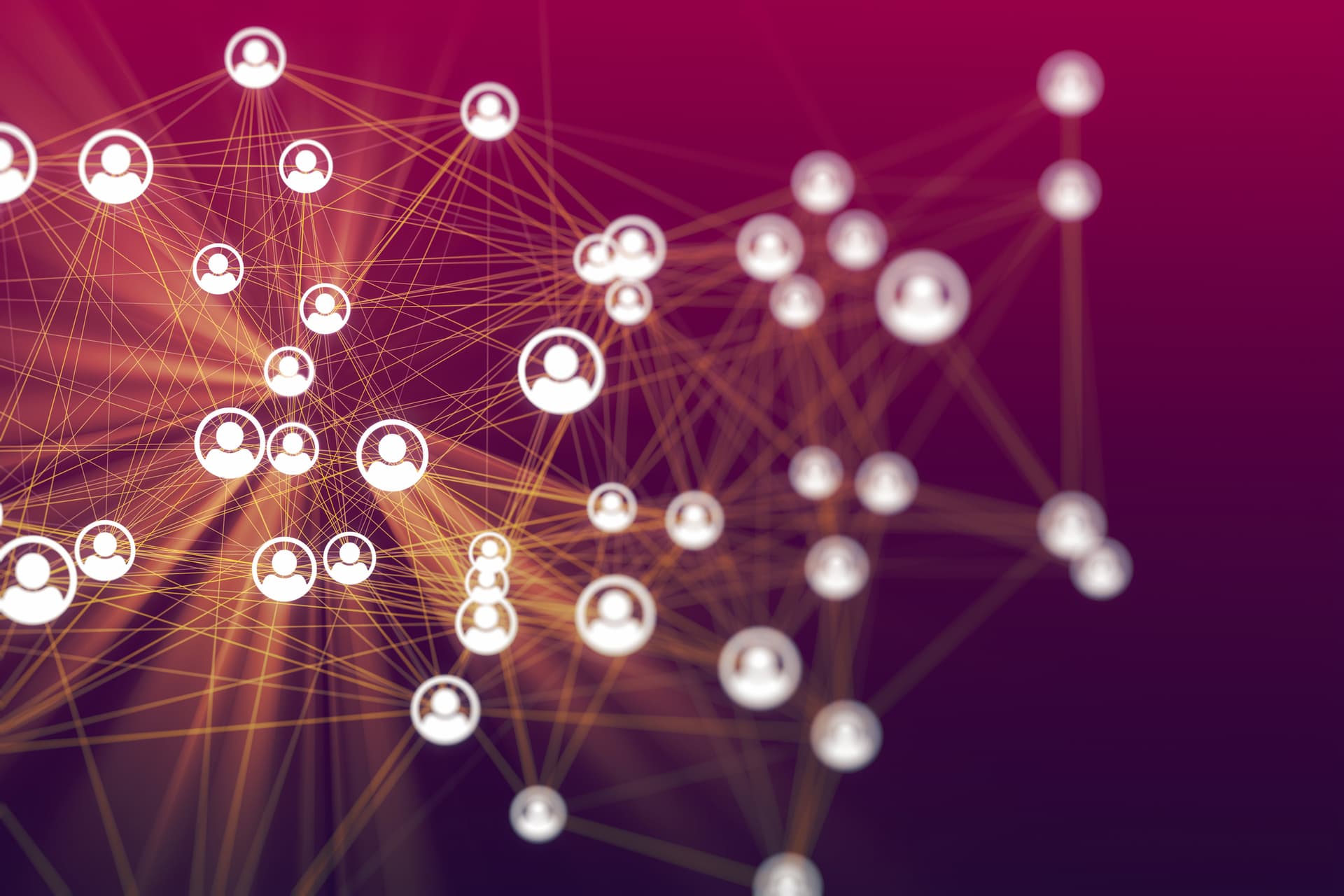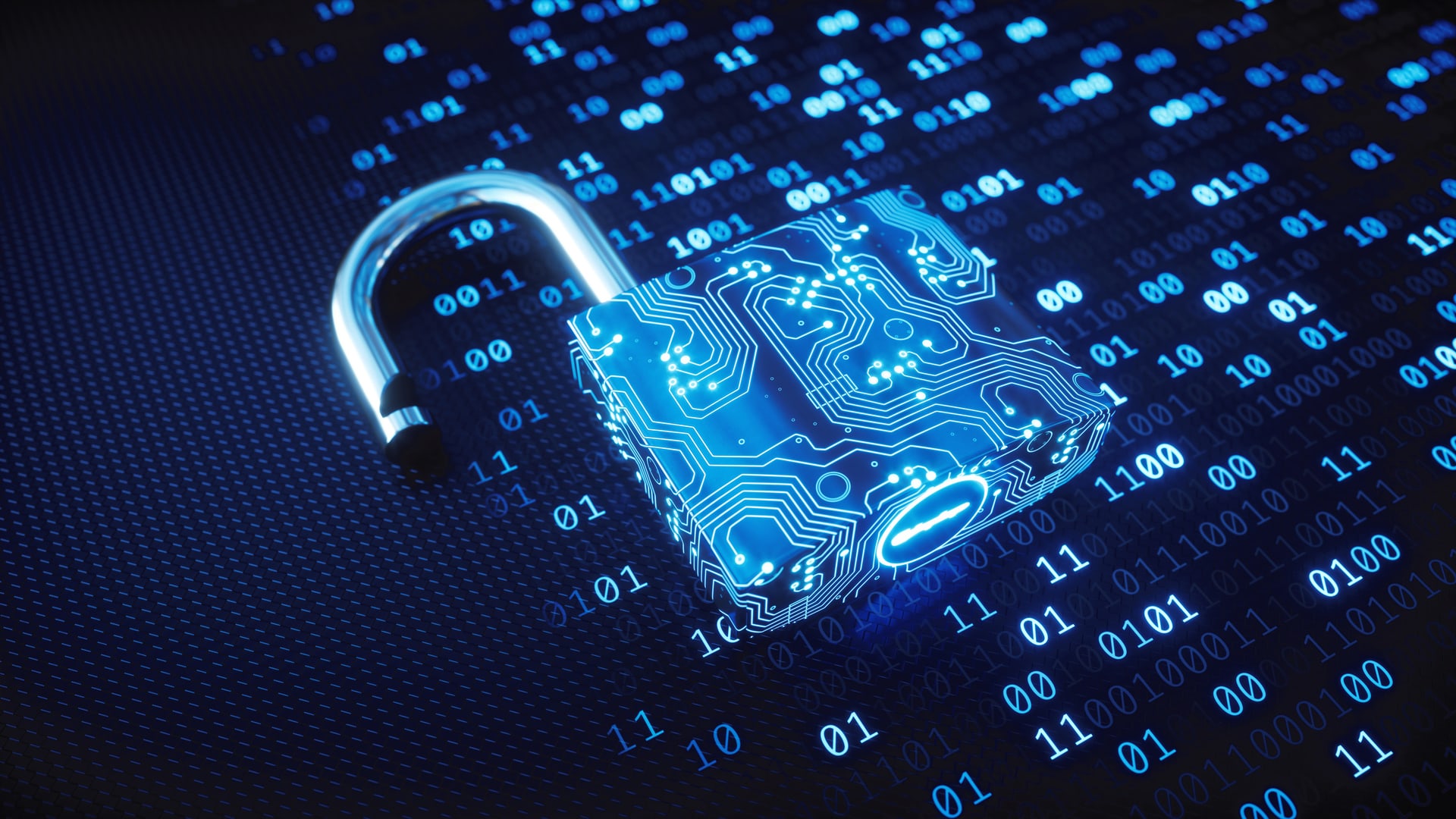By Santiago Jaramillo, Cybersecurity Product Manager, Speedcast

The construction industry faces many of the same challenges as any other business in today’s interconnected world – including the threat of cyberattacks. They are a threat to businesses, big and small, yet not all business owners are doing all they can to protect their data and reputation. Part of this can be attributed to the common misconception that cyber risks are limited to high-profile firms.
When it comes to construction cybersecurity, this oversight puts the industry at high risk. Of all organizations in North America experiencing ransomware attacks, the construction industry accounts for 13.2% of all cyberattacks, making it the third-highest attacked industry.

Connecting the Workforce
More than ever, the construction sector is embracing new technology and adding modern tech systems, including those related to safety, security, and time management. Business owners are starting to realize the benefits of using the Internet of Things (IoT) and connected devices to help track workers and their equipment in real-time, which is creating a safer and more productive work environment.
Fitting sensors to resources can help track where everything has been, where it’s at, and where it’s going. Admin tasks, like accounts receivable and payable, are also being streamlined using new tech, with tasks being worked on “in the cloud” across branches, divisions, and countries.
While this connectivity brings many benefits to the construction industry, it also adds cybersecurity risks. On one hand, construction companies need to adopt these technologies to advance their businesses and cope with the daily pressures on the industry, on the other hand, doing so opens up their systems to potential threats.
This is why precautionary tactics for the long term are so valuable; it’s much easier and more cost-effective to prevent an attack from happening in the first place, versus dealing with the aftermath of a security breach after it has already happened.
Challenges in the Modern-day Construction Cybersecurity
Construction is a mobile industry. Workers globally connect to business networks across vast work sites via laptops, tablets, and smartphones. Highly confidential and important documents (plans, blueprints, financial information) are constantly being shared between other professionals, vendors, and stakeholders.
As the pandemic continues, businesses are still supporting a higher than usual number of employees working remotely. Even after the pandemic is over, Kate Lister, President of Global Workforce Analytics, predicts that “24 to 30% of the U.S. workforce will be working from home one or more days a week.”
While this work-from-home model has enabled companies to stay open, it has also left them open to attacks. Malware targeted at office networks doesn’t always penetrate the system because there is infrastructure in place to thwart it, but with more people connecting remotely, confidential information is left vulnerable due to the lack of protection that comes with residential networks.
If your business hasn’t already, it’s time to adapt to the new remote working model. A data breach can create a large (and costly) vulnerability. Not only could data be stolen or held under ransom, which could have a detrimental impact on your business, but a firm that fails to act on data breaches could ruin its own reputation with customers and other professionals.
Because most big corporations have the systems in place to avoid attacks, hackers are setting their sights on smaller companies, like suppliers and consultants. If you’re doing business with these companies, your information is also in jeopardy.

.
Alleviating Misconceptions of Construction Cybersecurity
Cybersecurity should be on everyone’s radar – not just large corporations and those with highly-classified information. Hackers are targeting all types of businesses and their attacks are becoming more complex.
You wouldn’t leave a key to your project site in the gate’s lock, so why are you leaving your confidential information open for hackers? It’s time for a long-term preventative plan. Start by assessing the risks and evaluate your most vulnerable spots, and then prioritize your actions.
While it’s never too late to protect your systems and information, it can be too late if you do nothing at all.
As cyber-attacks become not only more frequent but more complex, the pressure is on for all industries to protect their information. Speedcast’s cybersecurity solutions help prevent and address threats seamlessly. Leveraging best-of-breed components and real-time threat intelligence, their scalable and adaptable services meet the challenges of an ever-changing threat landscape in a simple and consistent way. Speedcast’s recently-launched CyberInsights solution, coupled with the rest of their security toolkit, provides endpoint protection to help secure personal computers and IoT devices against threats. Learn more about Speedcast’s cybersecurity suite here: www.speedcast.com/cybersecurity.
